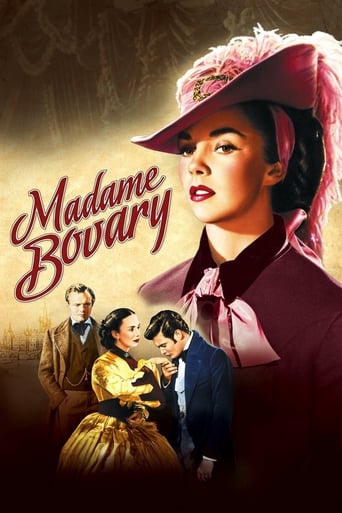


Madame Bovary
After marrying small-town doctor Charles Bovary, Emma becomes tired of her limited social status and begins to have affairs, first with the young Leon Dupuis and later with the wealthy Rodolphe Boulanger. Eventually, however, her self-involved behavior catches up with her.
-
- Cast:
- Jennifer Jones , James Mason , Van Heflin , Louis Jourdan , Alf Kjellin , Gene Lockhart , Frank Allenby


Similar titles

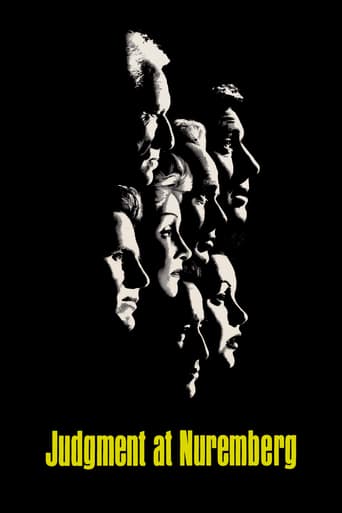
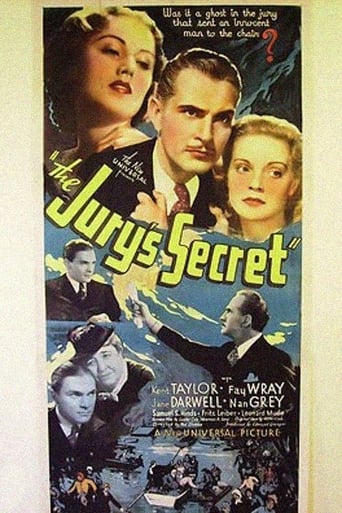
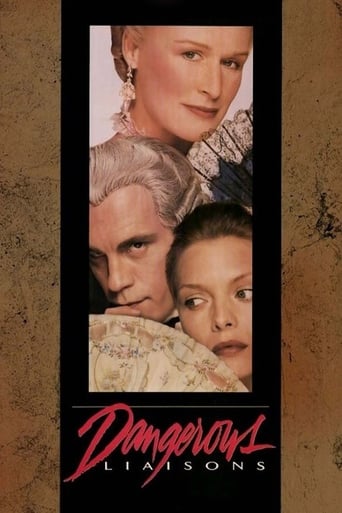
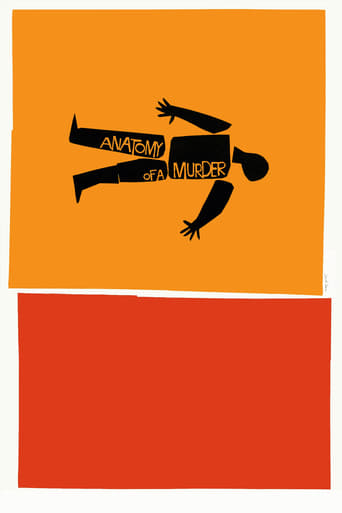
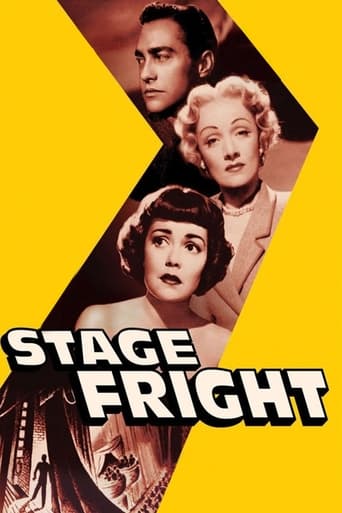
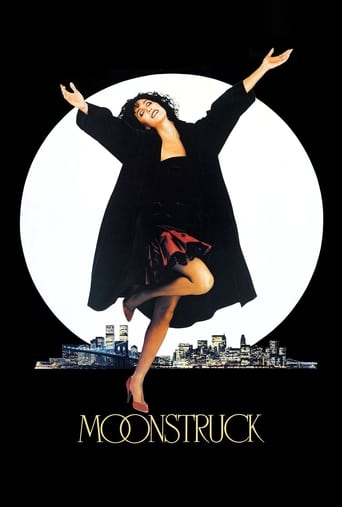
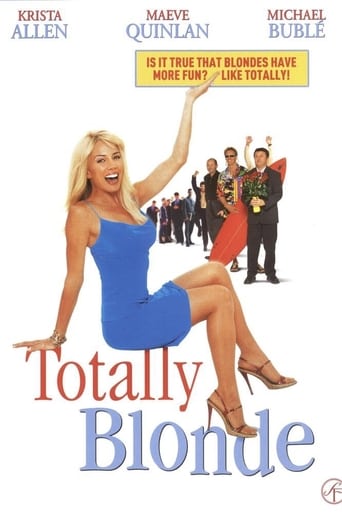
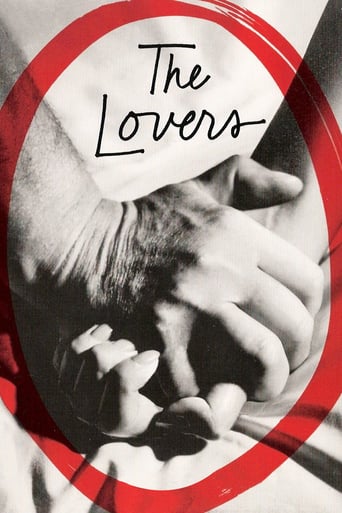
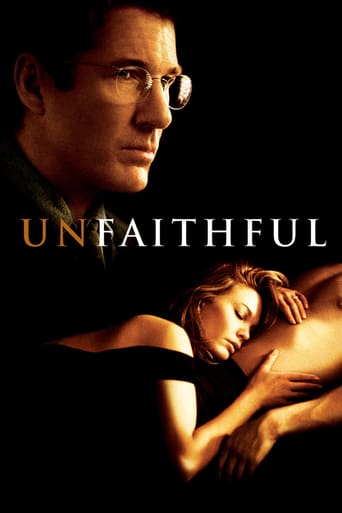
Reviews
Very Cool!!!
Simply A Masterpiece
People are voting emotionally.
Nice effects though.
It is an undeniable fact that French writer Gustave Flaubert's classic "Madame Bovary" is very much a French work of art.This is the reason why acclaimed French directors Jean Renoir and Claude Chabrol have filmed their own versions of this classic tale which not only focuses on adultery but also gives a very vivid and accurate description of peasant life during eighteenth century France.However, American director Vincente Minelli's version is very much different from these Gallic versions as it is quite down to earth with an elusive American touch to it.This is something which makes it very much universal in its appeal and reach.It is really pure joy to see acclaimed American actors Ms. Jennifer Jones and Mr.Van Heflin playing their main roles as Emma Bovary and Charles Bovary.However,James Mason can be touted as this film's absolute real star for his marvelous performance as French writer Gustave Flaubert.It is he who carries the film on his shoulders by making viewers empathize with Emma Bovary's hapless plight.He is one of the primary keys to suggest that his work "Madame Bovary" is a work of our modern times to know how one should view male/female relationships especially relationships which are the cornerstone of all married people's relationships.
I have seen all but one of the cinema films of Flaubert's novel (the missing one is the German version with Pola Negri)although it is a very long time since I saw the 1933 Renoir version.Pleasure though it always is, to watch Jennifer Jones in anything, this is not really her part.The major problems with the 1949 version are 1) the complete lack of any atmosphere of a French town, although this is rather crucial to the plot since it is precisely that rather stifling, hypocritical atmosphere that drives the entire tragedy. 2) the poor and very abbreviated screenplay which is in fact largely based on the 1947 Spanish version. This is. for instance, where he idea of framing it with Flaubert's trial comes from - not in my view a happy idea because it detracts from the necessary illusion in a way that occasional narration - as in the Chabrol version - does not. Another serious departures from the novel is the ballroom scene (wonderfully filmed but it is NOT - and importantly NOT - the occasion of her becoming involved with Boulanger but - and importantly BUT - an earlier stage in her downfall. This change also comes from the earlier Spanish film. Then again, the most painful episode in the book - absolutely central again to the fall of Emma and something that necessarily lingers throughout the rest of the novel since the boy lives on as an amputee - is the failed operation on the boy with the club-foot which never takes place in this version and is rather glided over in the 1947 version (which also omits Emma's child altogether. I cannot recall this episode in the Renoir but it very painfully brought home in the Chabrol version. Here Van Heflin's Bovary does what the character should have done - entirely changing the profile of the character - not what he actually did, which was to carry out the operation and make a hash of it. Whatever else he is, Bovary should not be simply a noble long-suffering character....or we end up effectively with Lust in the Dust (sorry, Duel in the Sun) with Van Heflin for Joseph Cotten and minus Gregory Peck.The 1933 and 1991 versions both excel in different ways in providing the French atmosphere in the latter in part at least due to the superb performance of Jean Yanne as the mayor-pharmacist, which also prevents the film from being over-dependent on the actress playing Emma on whom almost the entire onus of the film falls in Minelli's version, the other players being no more than adequate. Huppert's Emma and Jean-François Balmer's Bovary (another superb performance) are unmistakeably French,as one might expect while Jones and Van Heflin both come over altogether too much like something out of a western.One aspect caught beautifully in Chabrol's version but inevitably difficulty for any black-and-white version to manage is the gradual transformation of Emma as a result of her extravagant purchases. This too, however, is rather crucial to the plot.In truth, I do not think that this is a work that Hollywood has been or will ever be capable of adapting for the screen because it is simply, in cultural terms, far too distant from it. I should like to re-see the Renoir version, my impression being that it the one that best shows Emma's suffocation at the life she leads (the 1991 version has to move so briskly along to get everything in that her life appears altogether too dashing. An ideal version, I suspect, should be in two parts, quite common in French films of a certain period (Les Misérables for instance) but not, alas, when either of the versions of Madame Bovary were made. A two-part version could include the early parts of the novel (the childhood and early manhood of Bovary) which none of the existing versions attempt but which provide another perspective in the novel itself.
This was something of a personal film for director Vincente Minnelli, one of my favorite directors from the 40s/50s Hollywood scene. But I can't say it's a personal favorite of mine, basically because it was too much undermined by Hollywood sensibilities. Still, it is an interesting link in the chain of Minnelli's films and reveals a lot about him as an artist. It bears interesting comparison with some of his other films, which provides my main interest in the film as opposed to what it is in and of itself.This version of "Bovary" starts with a rather intrusive framing device wherein the author Flaubert (played by Englishman James Mason) takes the stand in defense of his novel's decency. What he ultimately provides by way of defense is rather insulting to one's intelligence -- simply the idea that art depicts "realism" of some kind and that therefore the morality of the art itself cannot be drawn into question. All of this just might have some kind of impact, if it weren't for the fact that the film itself avoids a lot of the nastier aspects of Flaubert's work and replaces them with a relatively standard misogynistic "fallen woman" tale, whitewashing the character of Charles Bovary (Van Heflin) and cleaning up the ending. So while we have James Mason eloquently defending artistic freedom, we have at the same time a compromised film that hypocritically censors Flaubert's work in order to make it more palatable to Christian sensibilities.However, in someone other than Minnnelli's hands this script could have turned into full-on misogyny. Instead he and Jennifer Jones (in the title role) created a reasonably nuanced portrait of the woman. And what really puts it over is Minnelli's unparalleled sense of how to use the environments to enhance the characterization, from Emma's little farm room with tacked-up depictions of noble knights and ladies, to the bric-a-brac "luxury" apartment she constructs for her adult life. One of the things about Minnelli which is fascinating, and has been studied by various authors, is the way that Minnelli uses decor not just as a way of describing his characters but also as a way of actually conditioning them. Not only do the settings show the influence of the characters, and thus describe them, but they also have a direct impact on the characters. Minnelli has great sympathy with Emma Bovary's desire for escape and transcendence through fantasy, and he makes us feel it too with the great technique in the ballroom dance sequence. In all cases, Madame Bovary's surroundings dictate her behavior while she consciously believes that by purchasing all kinds of "luxury" items to surround herself with, she will thereby be able to control her own destiny through interior design.Minnelli's film is about a woman who is afraid of the "ordinary", for whom childish romantic notions of escape become a suffocating influence on her entire life. The Charles Bovary character is played as a very down-to-earth type perhaps in order to elicit the audience's pathos but also to provide a contrast to Emma. Minnelli is conscious of the fact that film itself is often guilty of feeding these very same notions of "escape" and fantasy, and he uses this film as a way of subverting that process.
Jennifer Jones is "Madame Bovary" in this 1949 adaptation of Flaubert's novel, directed by Vincente Minnelli and also starring Van Heflin, James Mason, Louis Jourdan, Gene Lockhart, Alf Kjellin and Ellen Corby. The film starts with Flaubert, on trial for indecency. As he defends the book, he tells the story of Emma Bovary, a delusional young woman living on a farm who, from romantic novels, has unrealistic ideas about love and happiness. She nabs a simple country doctor (Van Heflin) and proceeds to buy herself an incredible wardrobe and live as a rich woman, even though she and her husband are not wealthy. She has a little girl whom she ignores, leaving her to the nurse (Corby). Emma soon becomes bored and attempts to seduce a young man (Kjellin), but his mother (Gladys Cooper) catches on and sends him to Paris. Then she meets Boulanger (Jourdan) at a party, becomes his lover and plans to run away with him to Italy - but he sees what high maintenance she is and takes off without her. In an attempt to make her husband more prominent, she attempts to talk him into performing a new surgery, but he refuses (in the book, however, he's ambitious as well and does the surgery, which is a failure). Meanwhile, unbeknownst to her husband, she owes a fortune, and if she doesn't find a way out, the family is due to lose their home and furnishings."Madame Bovary" is one of the most stunning films ever made, with a captivating performance by Jones who makes Emma pathetic, desperate, frantic and sympathetic. As one of the comments on the board pointed out, it's easy to make Emma unlikable. With Jones' natural charm making her likable and somewhat sweet, we can see ourselves in Emma. She has great backup from Heflin as her cowed husband. Jourdan is handsome and arrogant - he sees his future with Emma, and he doesn't like it.Minnelli handles every detail beautifully in this film. Not enough can be said about the waltz at the party, its dizzying effects making it one of the most thrilling scenes on film. When Emma later puts on the same gown and looks in the mirror and remembers that night, we know for her it was the ultimate dream evening, when she become one with the heroines of the novels she read. The gowns - well, there have been beautiful gowns in films - the 1938 Marie Antoinette comes to mind - and, as in that film, these gowns are works of art, particularly the white ball gown. When Boulanger returns from Italy, and Emma goes to see him, she actually looks different - tired and older - the subtlety of the makeup is spectacular.Though set in France in the mid-1800s, Madame Bovary is a classic because it deals with an ordinary person so dazzled by illusion that she cannot accept anything about her life as it exists. How apropos for today, when the media bludgeons us with multimillion dollar homes, heiresses who go to parties every night, size zero, red carpet premieres - it's hard to be happy when you're a housewife in sweats paying $4 a gallon for gas. Even before films, television, the tabloids and the Internet, people weren't satisfied with their lives because they were told to compare their inside with someone else's outside and found themselves not measuring up."Madame Bovary" isn't an immorality tale, it's a morality tale and, of course, Flaubert was acquitted. It's considered one of the two greatest novels ever written, along with Anna Karenina, and it's perfectly adapted for film in the 1949 version - the story of a woman who thinks that shopping on credit till she drops is the way to real happiness. Like many in the 20th and 21st centuries have found, she was wrong.
